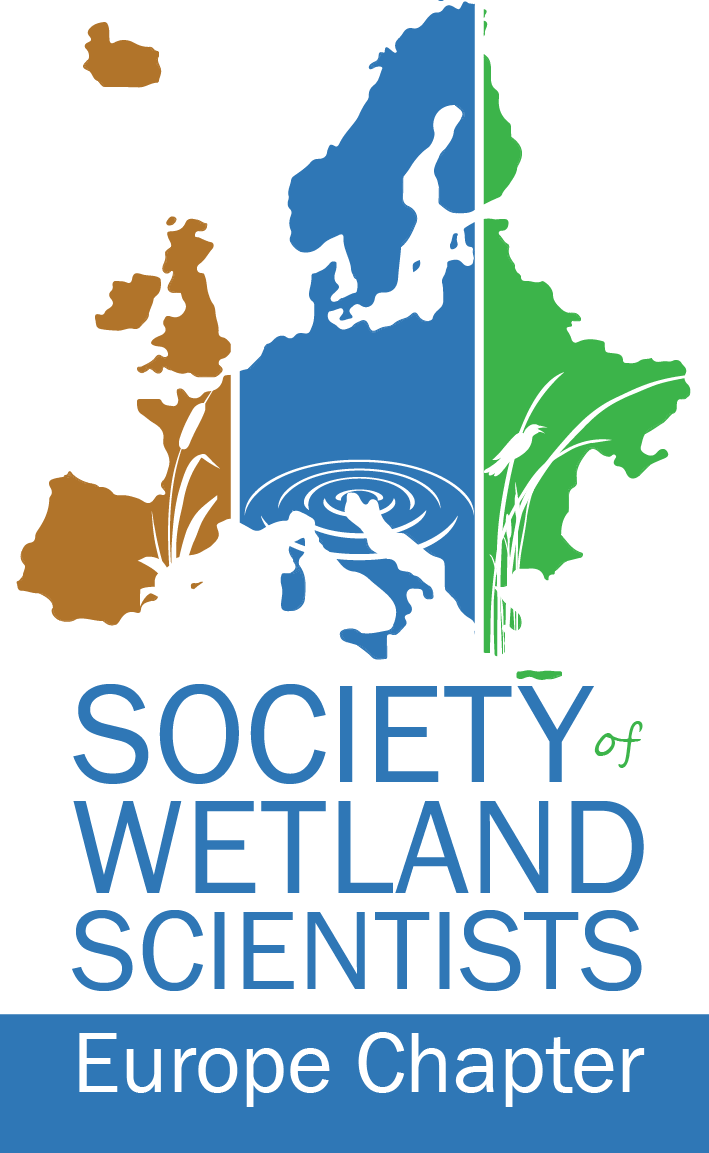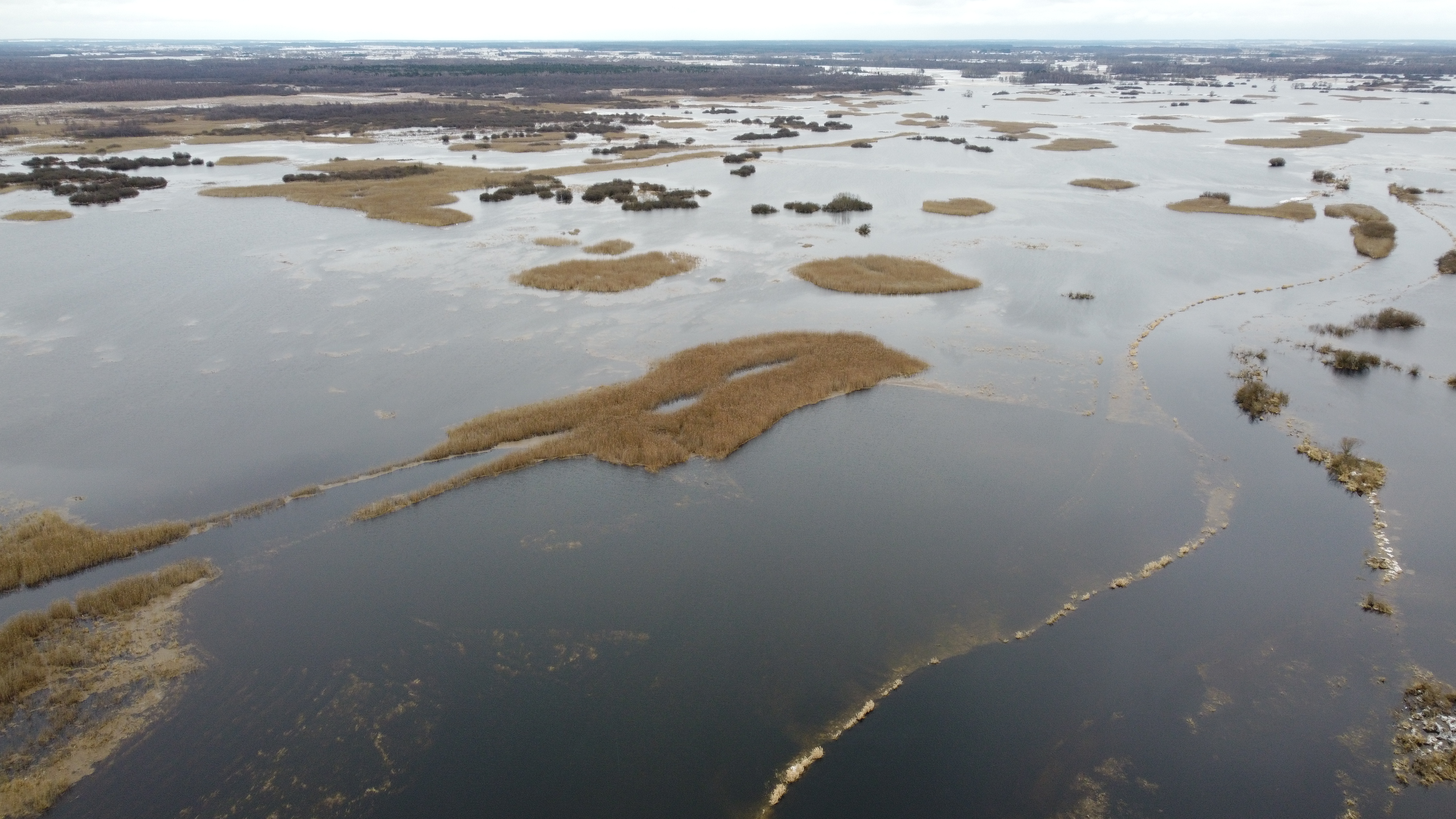Field trips
EXCURSION ROUTE 1: Rospuda and Upper Biebrza Valley (Focus on flora, vegetation ecology and peat formation. Groundwater-fed fens, peatland development, passive conservation vs. vegetation management)
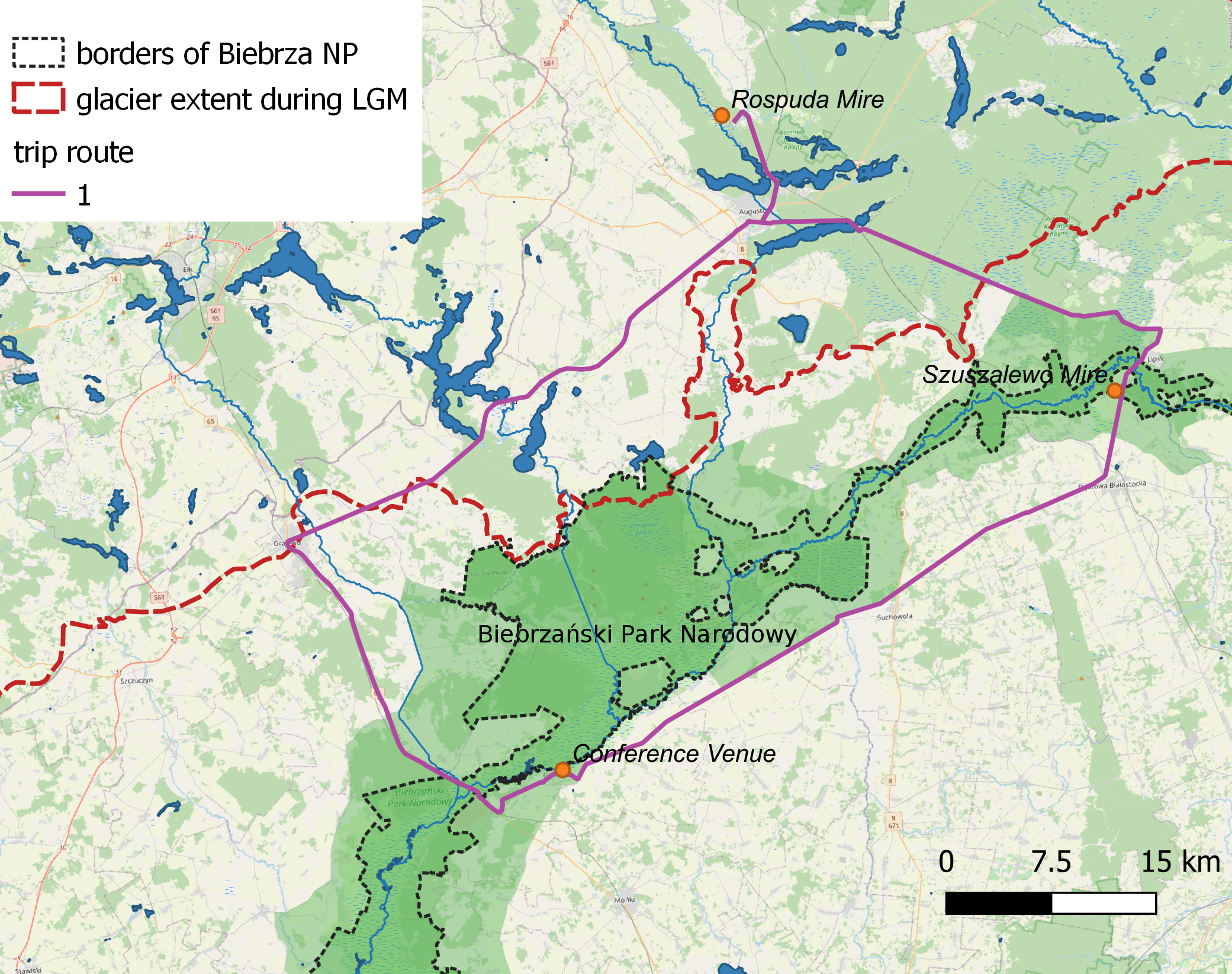
Rospuda Valley fen is considered the last undrained and well-preserved large fen system in Poland and Central-Western Europe. The site harbours significant areas of alkaline fen habitat, and large populations of endangered plant species, such as Saxifraga hirsulus or Liparis loeseli. Between 1998 and 2008 the site was under pressure of infrastructure development, as an express road, part of Via Baltica route was planned to cross the mire. The area was successfully defended in a large country-wide campaign and its conservation was secured by court based on EU Habitat Directive. We will walk through the fen towards the Rospuda river, analyse vegetation, make a peat coring deducing the origin and evolution of the peatland, discuss its stability and eventual responses to climate change, as well as conservation objectives and strategies. Walking: 3 hours in moderately difficult, wet, terrain.
Upper Biebrza valley belongs to the most floristically rich parts of the Biebrza National Park, with groundwater-fed fens hosting sedge-moss plant communities (“alkalinbe fens”). The site, in principle similar ecologically and floristically to Rospuda Valley, undergoes however succession towards shrubby vegetation, which is counteracted by mowing management. We will discuss pros and cons of protecting fens and fen species as a semi-natural system, assess causes of accelerated vegetation succession and look into the past of the system inspecting a 7-meters-deep peat profile. Comparing Rospuda and Upper Biebrza will also trigger discussions on the nature of nutrient limitation in mire ecosystems and its consequences on conservation strategies, because vegetation growth in the two fens is differently limited by either nitrogen or phosphorous availability. This is about 1,5 hour walk, maily on a boardwalk.
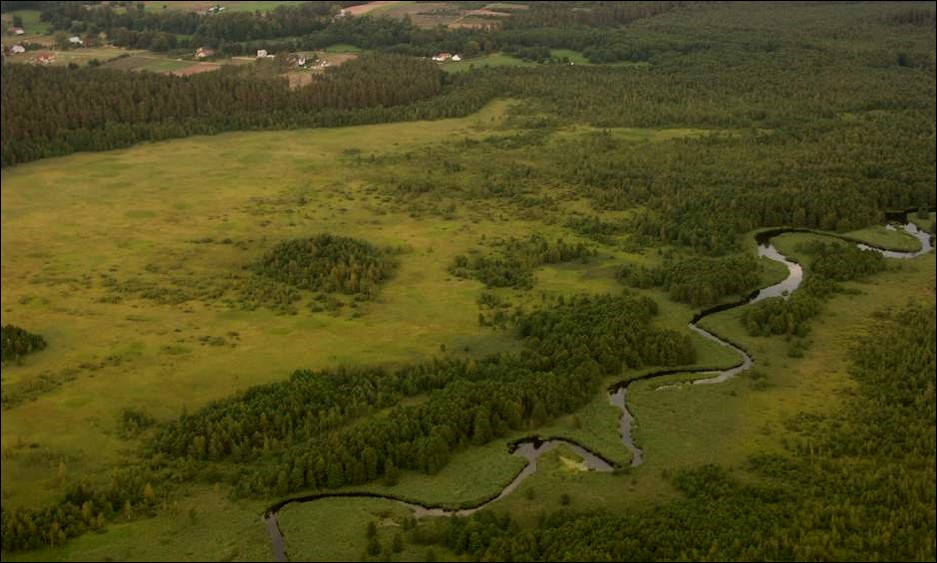
Rospuda Valley by W. Kotowski
EXCURSION ROUTE 2: Middle and Lower Biebrza Valley (focus on birds, plants, peat degradation,
hydrology and restoration; groundwater-fed vs. flooded fens and floodplains, wet meadows, effects
of drainage and rewetting, restoration of hydrological conditions, conservation management for
aquatic warbler)
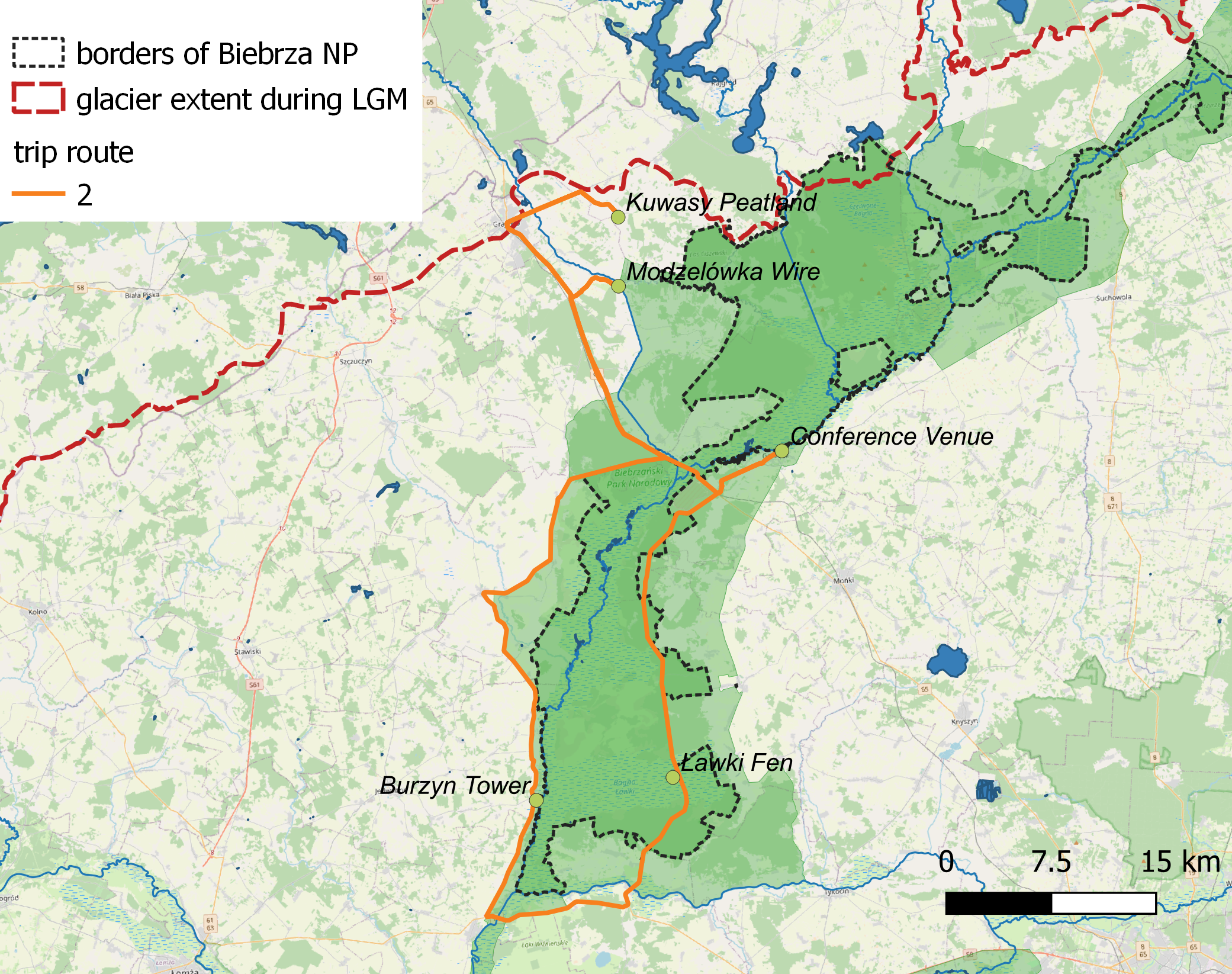
Lower Biebrza Fens (Ławki Mire) is the largest nearly undrained preserved valley fen in Poland and likely in Central and Western Europe. The mire extends over 13 km from the edge of the valley, where sedge-moss vegetation fed by groundwater dominated, towards the Biebrza river floodplains and fluviogenic fens formed by tall sedges and reeds. We will visit the site in its middle stretch, with moderately productive tall sedge-brown moss vegetation, swamp alder woods. We will also look in the the peat noticing and interpreting historical changes in the peat-forming vegetation. This is the main breeding site of the aquatic warbler (Acrocephalus paludicola) in the Park – we have a chance to hear and see this bird and discuss effectiveness (and trade-offs) of vegetation management currently use for its protection. 1-1,5 hour of easy walks, partly on a boardwalk.
Floodplains of the Biebrza lower basin will be visited from the other side of the river, starting with an amazing view from the birdwatching tower in Burzyn. Short stops without much walking.
Middle Basin of the Biebrza Valley is the part of the National Park most affected by human activities, especially by drainage from extensive canals built here back in the 19th century. In effect, groundwater-fed mires have been transformed into grasslands and forests. We will specifically discuss conservation values of wet litter meadows on peat (so-called Molinion), harbouring some protected plant species, while at the same time constituting a significant source of greenhouse gas emissions. We will also interpret peat decomposition and discuss its reversibility by rewetting. Lastly, we will visit a weir built on Woznawiejski canal in order to redirect its water back to the original water course, i.e. restored Jegrznia river – a 2nd order tributary to Biebrza. This will be 1,5-2 hour easy walk.
Biebrza Valley by W. Kotowski

